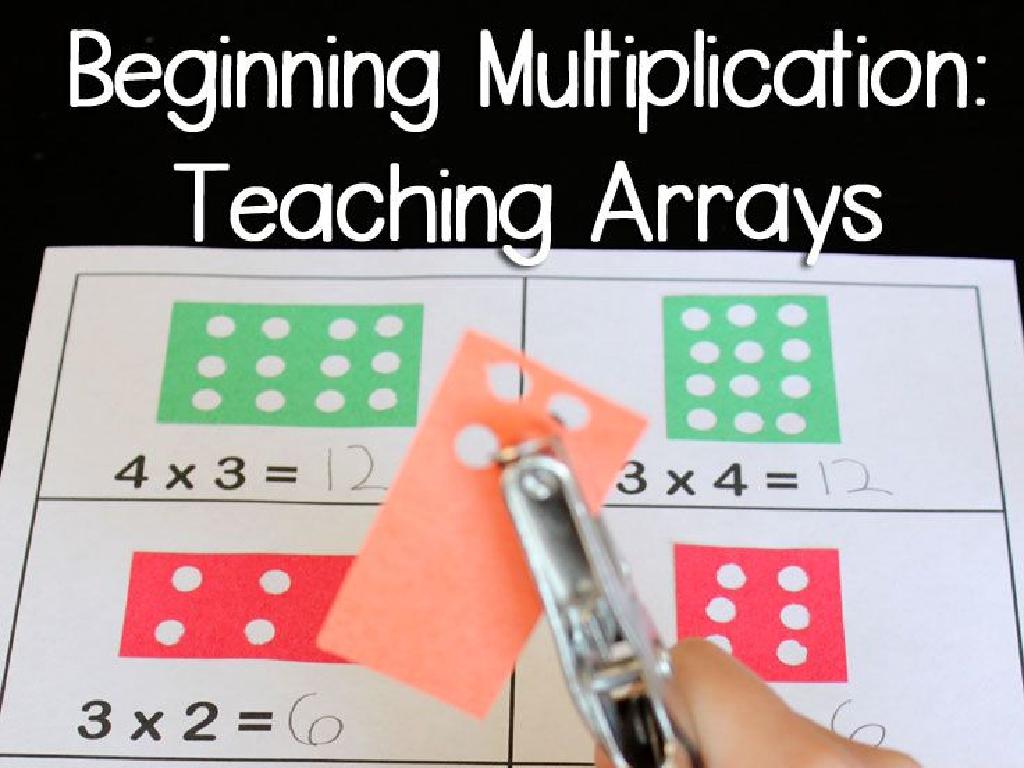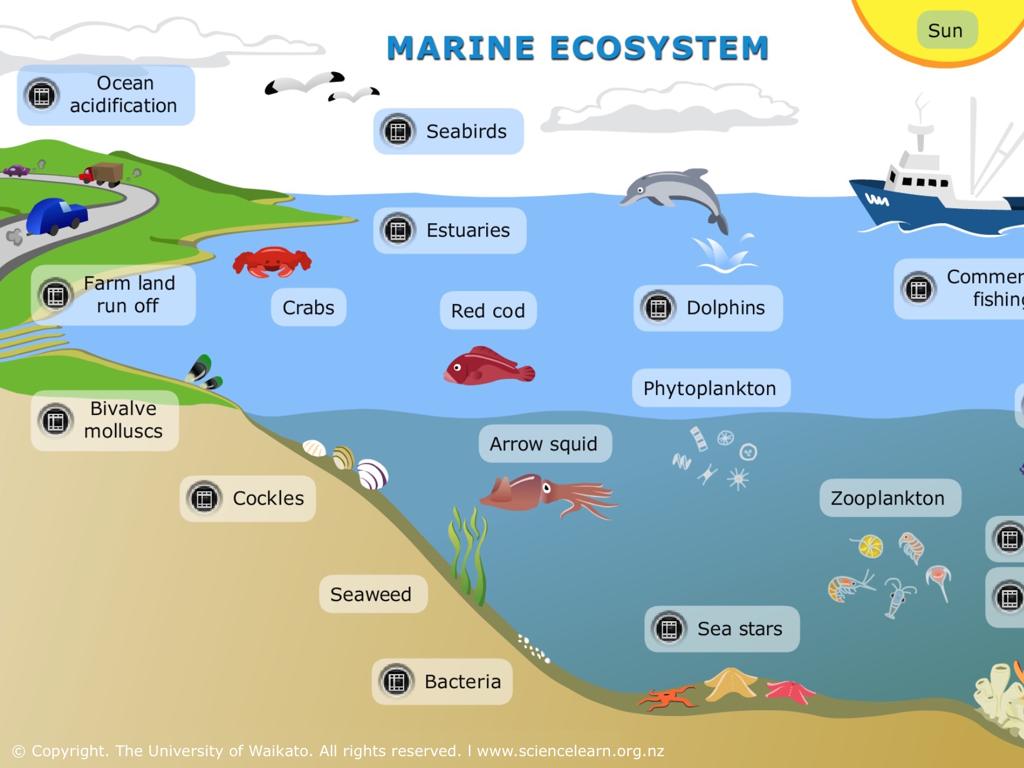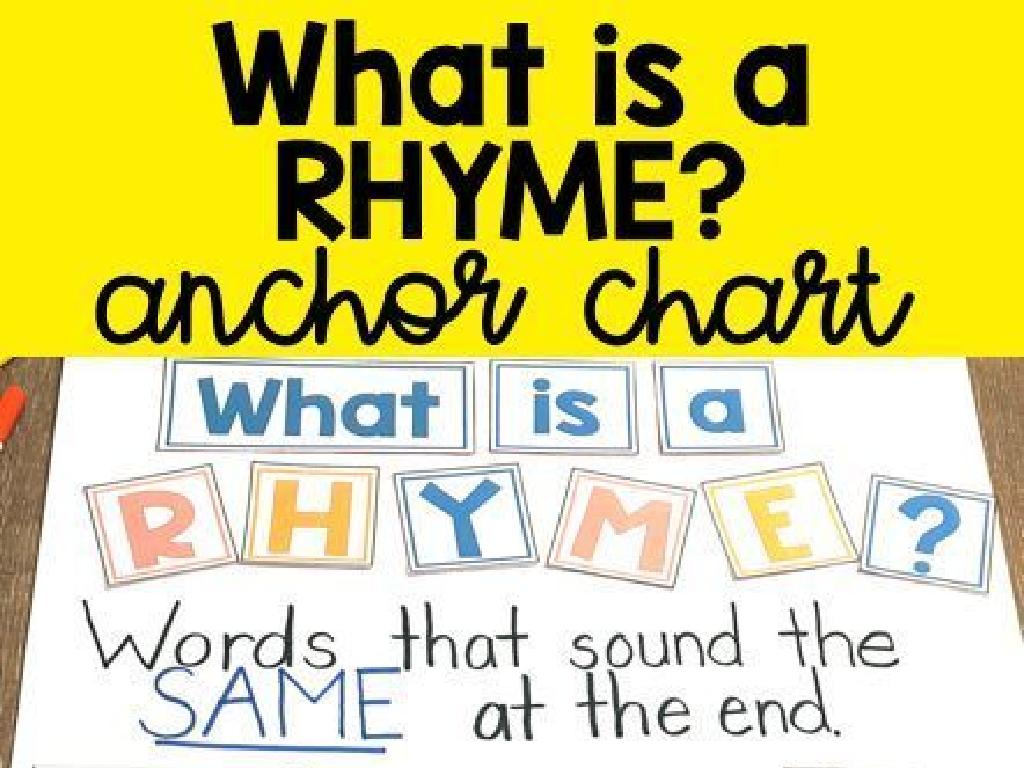Add Money Up To $1
Subject: Math
Grade: Second grade
Topic: Add And Subtract Money Up To $1
Please LOG IN to download the presentation. Access is available to registered users only.
View More Content
Introduction to Money: Coins and Bills
– Learn about coins and bills
– Identify penny, nickel, dime, quarter
– A penny is 1 cent, nickel is 5 cents, dime is 10 cents, quarter is 25 cents
– Understand each coin’s value
– 100 pennies, 20 nickels, 10 dimes, or 4 quarters make a dollar
– Recognize the value of a dollar
– A dollar bill is equal to 100 cents
|
This slide introduces students to the basics of U.S. currency, focusing on coins and the dollar bill. Start by showing real coins and a dollar bill, or clear images if physical ones aren’t available. Explain that money is used to buy things and that each coin and bill has a different value. Help students to recognize each coin by its size, color, and any distinct markings. Discuss the value of each coin and how they add up to make a dollar. Use simple examples, like how many pennies are needed to make a nickel, and so on. Encourage students to touch and hold the coins if possible, to become familiar with the physical characteristics of each. The goal is for students to be able to identify and understand the value of coins and the dollar bill by the end of the lesson.
Counting Coins Up to $1
– Learn to count different coins
– Start with pennies, then nickels, dimes, and quarters
– Begin with 1¢ pennies, move to 5¢ nickels, 10¢ dimes, then 25¢ quarters
– Count by ones, fives, tens, and twenty-fives
– Use counting patterns: 1, 2, 3, …; 5, 10, 15, …; 10, 20, 30, …; 25, 50, 75, …
– Practice with real or play coins
– Hands-on practice helps understand adding coins to make a dollar
|
This slide introduces the concept of counting coins to second-grade students. Start by explaining that money comes in different forms, like coins and bills, and today we’ll focus on coins. Begin with the smallest value, the penny, and explain that each is worth one cent. Then, introduce nickels, dimes, and quarters, explaining their values. Emphasize the importance of recognizing each coin and its value. Use counting patterns to help students understand how to add up coins to reach a total amount. Provide real or play coins for hands-on practice, allowing students to physically count and add up to $1. This tactile experience reinforces their understanding of coin values and addition. Encourage students to practice at home with a piggy bank or a coin jar.
Adding Coins Together
– Learn to add coins up to $1
– Practice with real coins or images
– Use pennies, nickels, dimes, and quarters
– Understand coin values
– Remember: 10 pennies = 1 dime, 5 pennies = 1 nickel
– Example: 2 dimes + 1 nickel
– 2 dimes (20 cents) + 1 nickel (5 cents) = 25 cents
|
This slide is aimed at helping second-grade students learn to add different coins to reach a total sum of up to $1. Start by explaining the value of each coin: pennies, nickels, dimes, and quarters. Use real coins or pictures to give students a tangible way to practice. Go through examples, such as adding 2 dimes and 1 nickel to make 25 cents. Encourage students to use their coins or pictures to try different combinations, reinforcing their understanding of the value of money and basic addition. This hands-on activity will help solidify their skills in adding money and understanding the concept of total value.
Making Dollars: Coin Combinations
– 100 cents equal 1 dollar
– Coins can combine to make $1
– Use pennies, nickels, dimes, and quarters
– Example: 4 quarters = $1
– Discover other combinations
– Try with 10 dimes or 20 nickels
|
This slide introduces the concept that 100 cents make up a dollar and explores different ways coins can be combined to reach this total. Start by explaining the value of each coin: pennies (1 cent), nickels (5 cents), dimes (10 cents), and quarters (25 cents). Use real coins or visual aids to show how 4 quarters make a dollar. Then, encourage students to think of other combinations, such as 10 dimes or 20 nickels, to make $1. This activity helps students understand the value of money and basic addition skills. For the class activity, students can work with physical coins or drawings to create different combinations that add up to $1, reinforcing their counting and addition skills.
Adding Money Up to $1: Real-Life Skills
– Why learn to add money?
– Using money in stores
– Imagine buying a toy; you need to know how much to pay.
– Counting coins together
– Let’s add 2 quarters, 3 dimes, and 4 pennies.
– Interactive question
– How much is 2 quarters, 3 dimes, and 4 pennies?
|
Understanding how to add money is crucial for everyday activities such as shopping. Start by discussing the importance of adding money and how it applies to making purchases in a store. Provide visual examples of items with price tags and simulate a shopping experience. For the interactive question, use real coins or manipulatives to demonstrate how to count the total amount of money. Encourage students to participate by adding the coins together. This hands-on activity will help solidify their understanding of coin values and addition. Make sure to praise their efforts and correct any mistakes with positive reinforcement.
Class Activity: ‘The Price is Right’
– Play ‘The Price is Right’ with classroom items
– Use play money for purchases
– Add costs with a partner
– Work together to find the sum of item prices
– Keep total under $1
– If items cost $0.30 and $0.25, what’s the total?
|
This interactive game helps students understand the concept of adding money up to $1. Set up stations with various classroom items labeled with price tags under $1. Provide students with play money and instruct them to ‘purchase’ items without going over the budget. Working in pairs encourages collaboration and discussion about different strategies to add costs effectively. As a teacher, facilitate the activity by guiding students who may struggle and challenge those who grasp the concept quickly with more complex combinations. Possible variations include setting a time limit, offering a ‘discount’ challenge, or having students ‘earn’ their play money through prior class tasks.
Conclusion: Adding Money Up to $1
– Importance of accurate money addition
– Review of adding coins and bills
– We learned to add different coins like pennies, nickels, dimes, and quarters.
– Share your learning about money
– Can you tell us how you add up coins to make a dollar?
– Practice makes perfect in adding money
– Keep practicing with real coins or play money at home.
|
As we wrap up today’s lesson, it’s crucial to emphasize the importance of accurately adding money, as this is a skill they will use throughout their lives. Review the key points, such as identifying coins, understanding their values, and using addition to combine them up to a dollar. Encourage students to share their insights or any strategies they found helpful during the lesson. This reinforces their learning and allows them to learn from each other. Finally, remind them that practice is essential, and they should continue to work on these skills at home using real or play money to become more confident in adding money up to $1.





